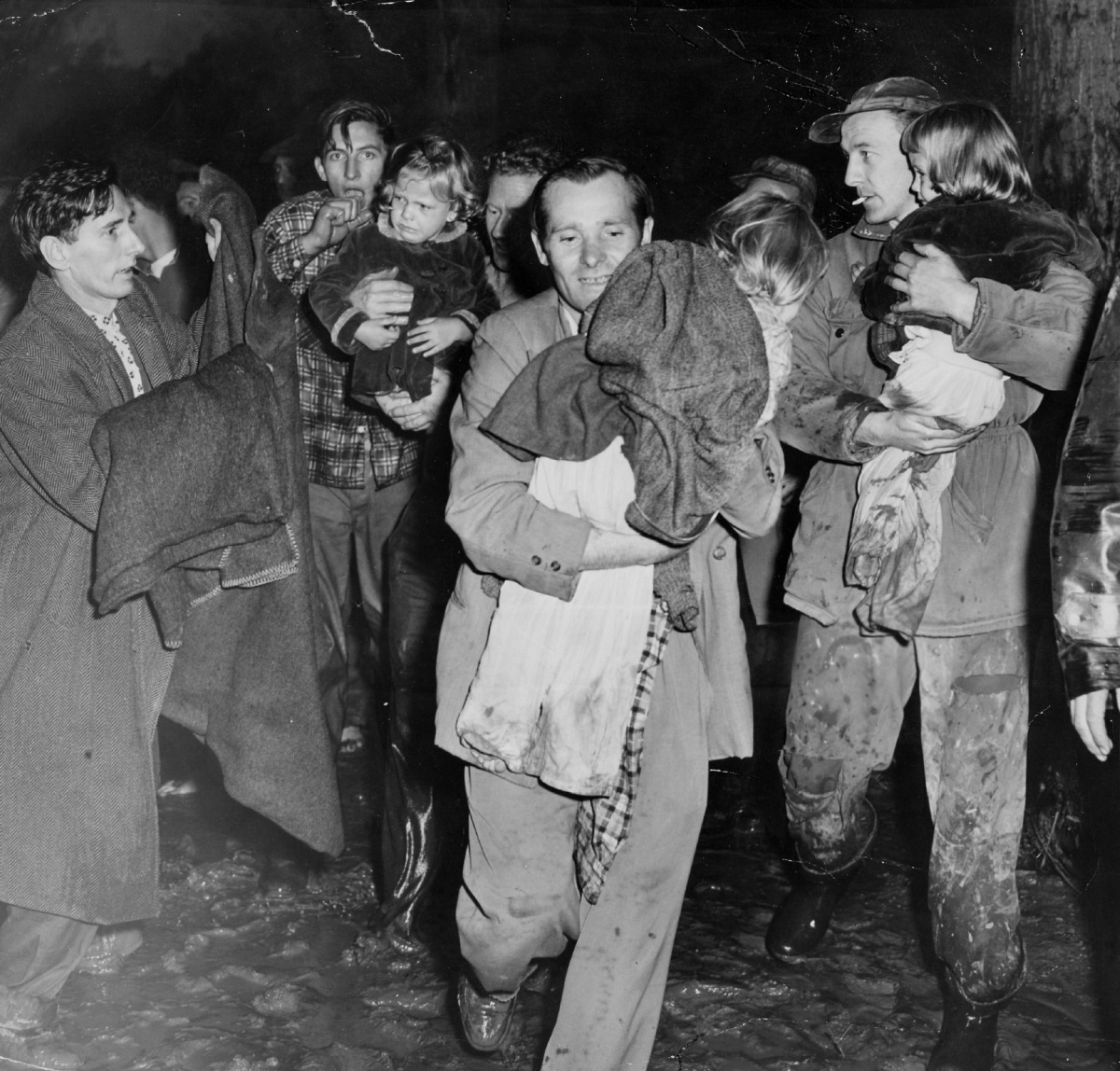It has been 66-years since Hurricane Hazel hammered Toronto flooding what is now Marie Curtis Park and leaving a trail of destruction and bodies in its wake in South Etobicoke.
Hurricane Hazel struck on October 15 and 16, 1954, with deadly results. Its winds pelted at 124 kilometres an hour and over 200 millimetres of rain fell in just 24 hours.
The first deaths reported in our area was around 11 p.m. when a car was swept into the Humber River killing the occupants.
The destruction left about 81 people dead, with more than 30 residents alone killed on Raymore Drive, where the Humber River ripped homes from their foundations and swept them downstream.
Five firefighters from the Kingsway-Lambton Fire Station were killed as they attempted to rescue people stranded in a car from the raging Humber. Their fire truck became stuck on a flooded street and overturned, and the men, who were weighed down by heavy jackets, boots, and equipment–were tossed into the water.
A plaque has since been installed by the City to mark their heroic deeds.
“I felt so helpless, but there was nothing I could do, nothing anybody could do,” volunteer fireman Bryan Michell later recalled of his five colleagues. “The water was so deep, up to our chins, and all the firemen were weighed down by clothing and boats and equipment.”
It was also the busiest night in the 91-year history of Fire Station 435, on Eighth Street, as brave firefighters were called to rescue dozens of residents, including several who had been swept into the Etobicoke Creek.
The flooding submerged some 40 highways and main roads even knocking passenger trains off their tracks. Some 40 bridges were destroyed and ten others damaged due to the merciless waters.
In Woodbridge, the Humber at one spot swelled to 107-metres killing nine people and leaving several hundred homeless.
Valiant Long Branch and area residents launched many brave rescue efforts to save their neighbours, family or friends, even though the current was strong enough to endanger most boats. Several of the would-be rescuers ended up being rescued themselves.
Many people were saved because of the quick action of police, fire personnel and citizens. In Weston, an off-duty cop and another man, boarded a powerful boat and headed into the river, where they worked all night to save 50 lives.
Many lessons were learned by City officials after to manage future floods. By 1959, Metropolitan Toronto and Region Conservation Authority initiated plans for large dams, reservoirs, major flood-control channels and for an erosion-control program. In addition, large areas of land were identified for acquisition and conservation.
Regulations enacted since Hurricane Hazel restrict new development in flood plains, allowing rivers to flow naturally and reducing the risk to people and their property during flooding.
The killer hurricane began its journey off Grenada, in the West Indies, and moved northwards. In Haiti it left up to 1,000 people dead and destroyed 40% of the islands coffee and cacao crop.
